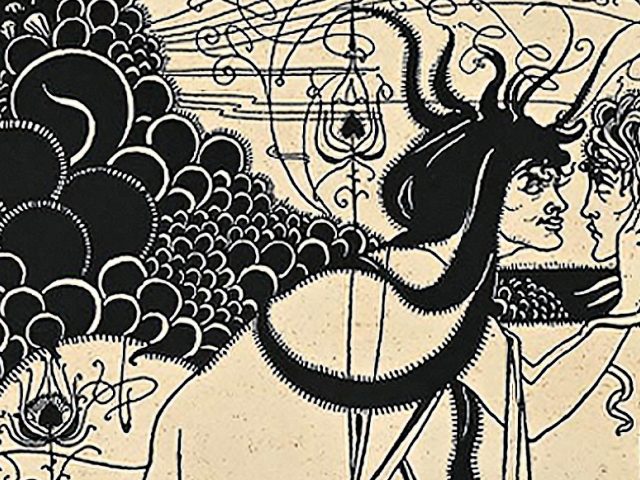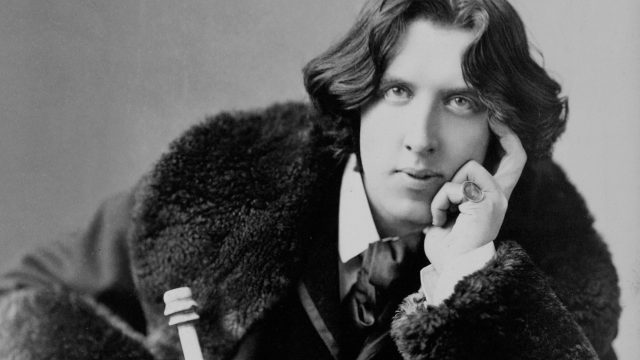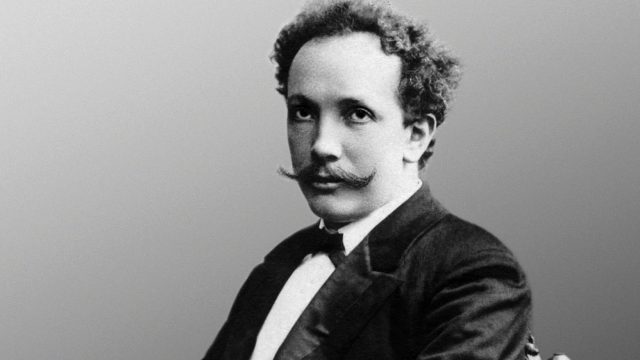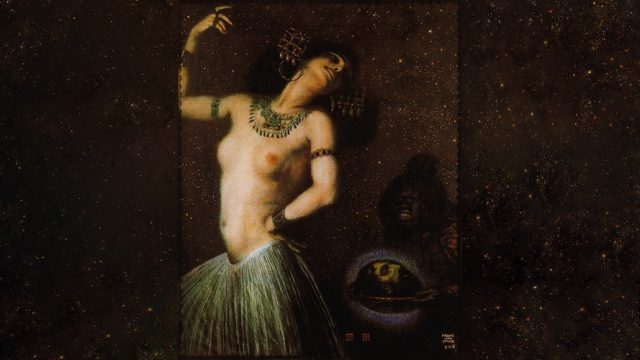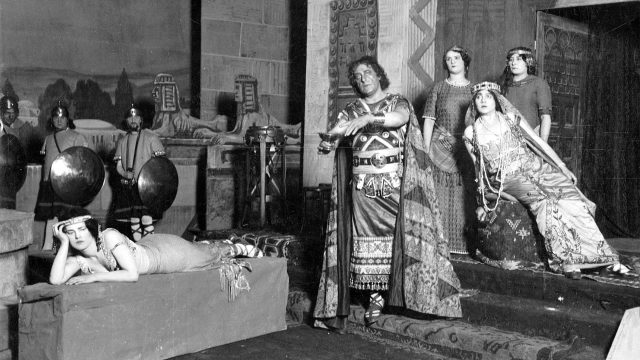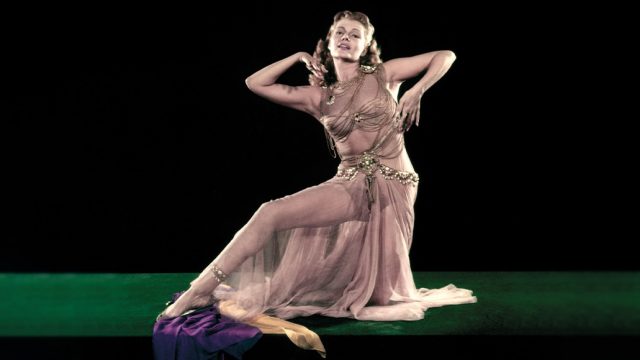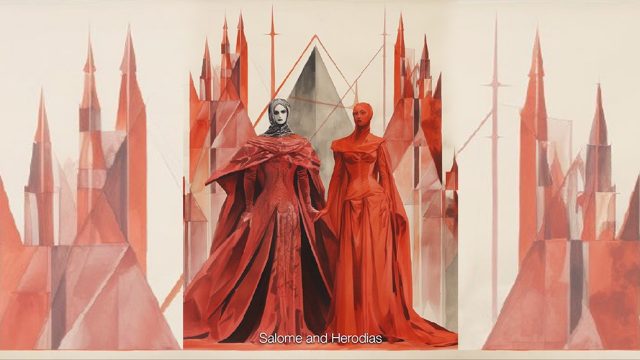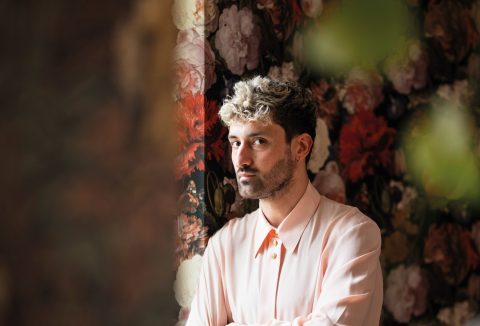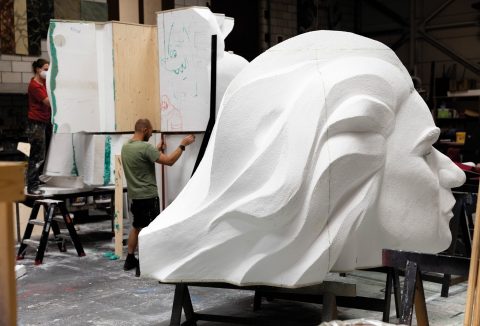1 — BIBLE
There are few operas in which well-known Biblical characters get in your face as much as in Richard Strauss's opera Salome. Up front: the prophet and preacher John the Baptist (Jochanaän in the opera). He baptised Jesus Christ in the Jordan River and was imprisoned by King Herod Antipas for criticising Herod's supposedly illegal and ‘sinful’ marriage. In fact, Herod Antipas had remarried Herodias, the ex of his half-brother Herod Philip. Herod Antipas and Herod Philip were scions of the unpopular Herodian dynasty, which ruled the (then) Jewish land from the 1st century BC to the 1st century AD, in the service of the Roman Empire. Herod Antipas was a vassal prince, dependent on the Roman emperor. He is known from the gospels as the man who had Jochanaän put to death and may have contributed to Christ's execution. Christ himself is not in the opera - that was completely unthinkable in the theatrical practice of the time - but his coming as the Messiah is proclaimed by Jochanaän in a loud voice. At the end of the opera, Jochanaäns head is presented on a platter as a reward for a dance performed by Herod's stepdaughter Salome for the monarch. That macabre event is also evoked in the Bible, albeit briefly, and without mentioning Salome by name. The historian Flavius Josephus does identify ‘the daughter of Herodias’, as evangelists Mark and Matthew describe her, as Salome.

